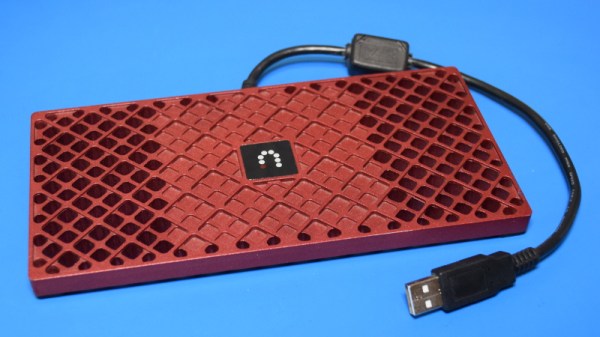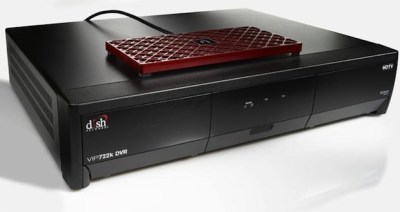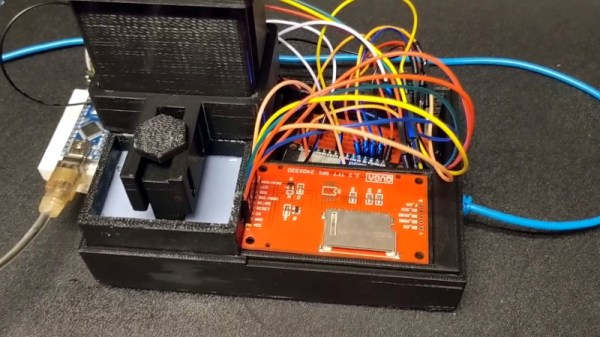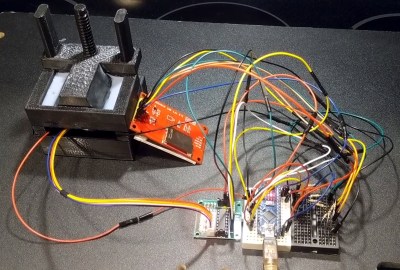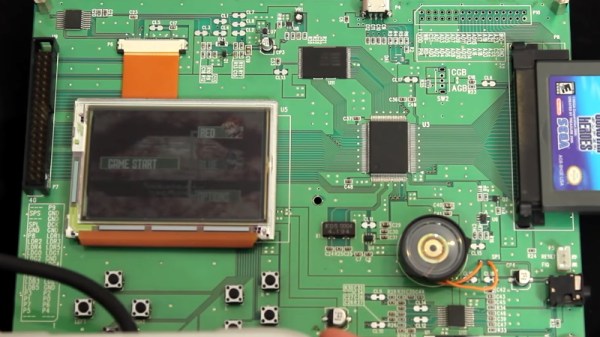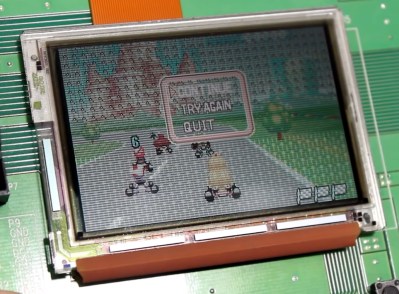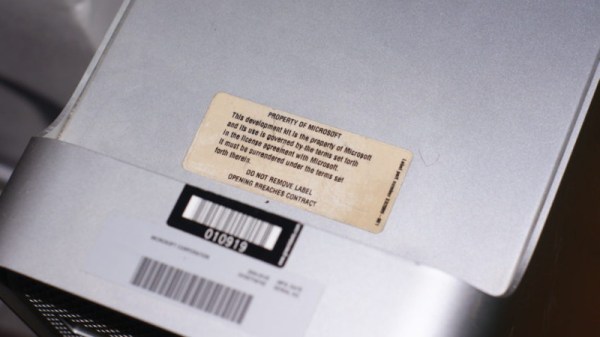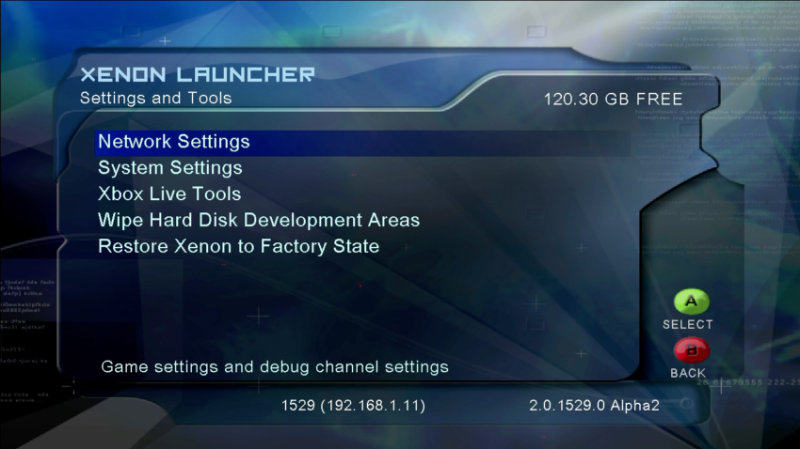Over the last several years, DIY projects utilizing e-paper displays have become more common. While saying the technology is now cheap might be overstating the situation a bit, the prices on at least small e-paper panels have certainly become far more reasonable for the hobbyist. Pair one of them with a modern microcontroller such as the RP2040 or ESP32, sprinkle in a few open source libraries, and you’re well on the way to creating an energy-efficient smart display for your home or office.
But therein lies the problem. There’s still a decent amount of leg work involved in getting the hardware wired up and talking to each other. Putting the e-paper display and MCU together is often only half the battle — depending on your plans, you’ll probably want to add a few sensors to the mix, or perhaps some RGB status LEDs. An onboard battery charger and real-time clock would be nice as well. Pretty soon, your homebrew e-paper gadget is starting to look remarkably like the bottom of your junk bin.
 For those after a more integrated solution, the folks at Soldered Electronics have offered up a line of premium open source hardware development boards that combine various styles of e-paper panels (touch, color, lighted, etc) with a microcontroller, an array of sensors, and pretty much every other feature they could think of. To top it off, they put in the effort to produce fantastic documentation, easy to use libraries, and free support software such as an online GUI builder and image converter.
For those after a more integrated solution, the folks at Soldered Electronics have offered up a line of premium open source hardware development boards that combine various styles of e-paper panels (touch, color, lighted, etc) with a microcontroller, an array of sensors, and pretty much every other feature they could think of. To top it off, they put in the effort to produce fantastic documentation, easy to use libraries, and free support software such as an online GUI builder and image converter.
We’ve reviewed a number of previous Inkplate boards, and always came away very impressed by the attention to detail from Soldered Electronics. When they asked if we’d be interested in taking a look at a prototype for their new 6 MOTION board, we were eager to see what this new variant brings to the table. Since both the software and hardware are still pre-production, we won’t call this a review, but it should give you a good idea of what to expect when the final units start shipping out in October.


